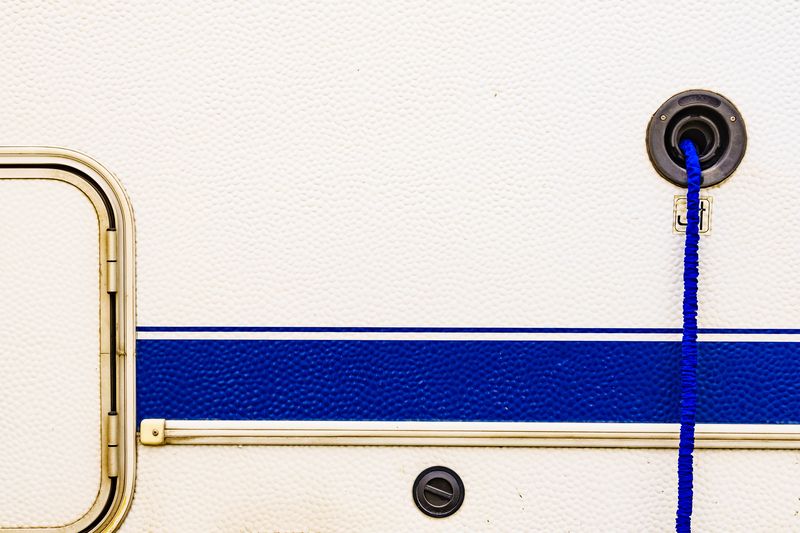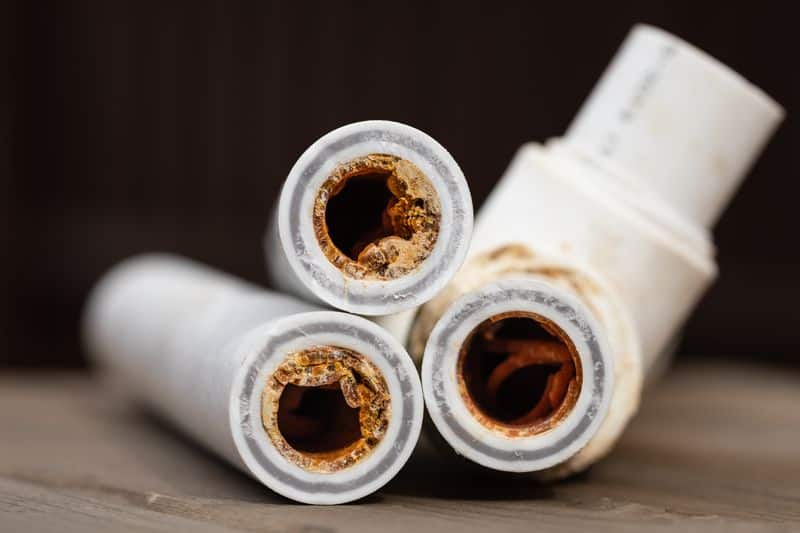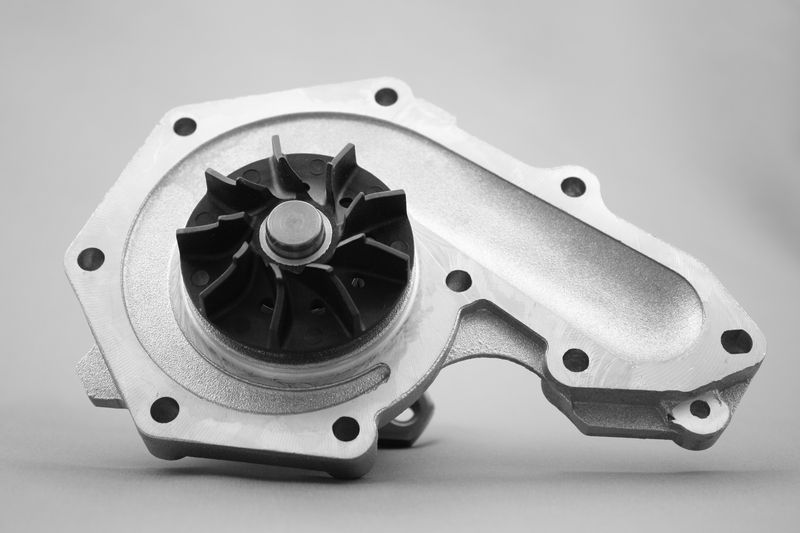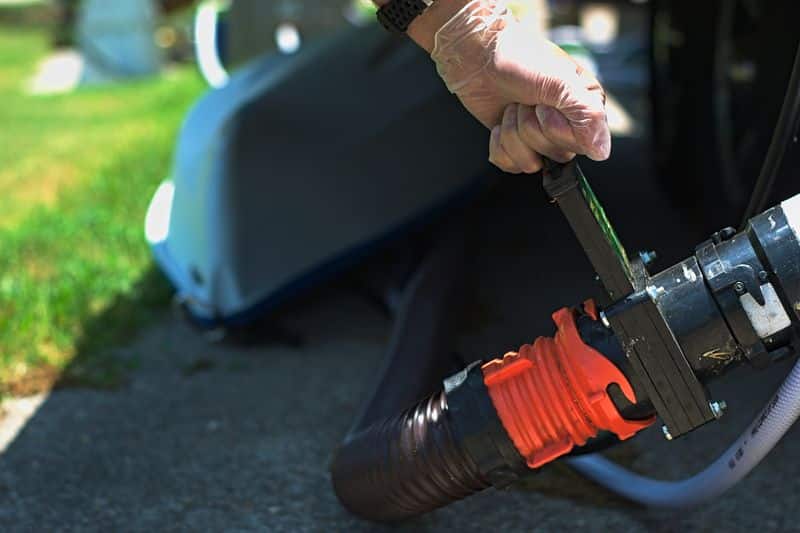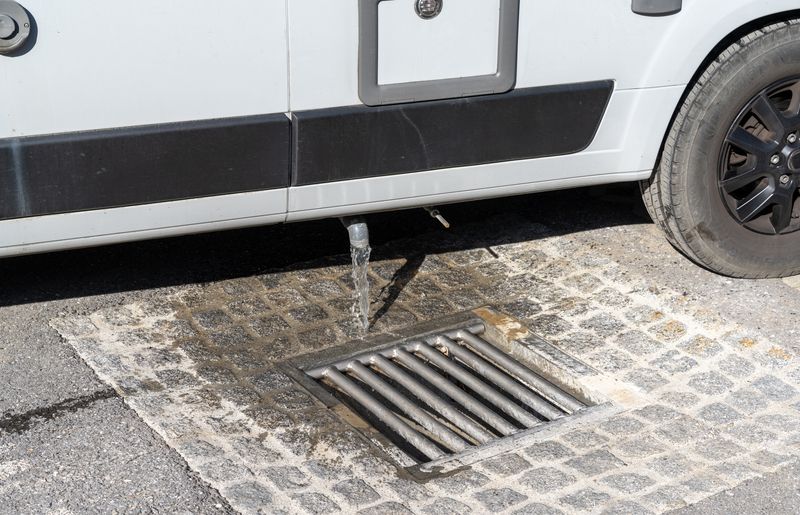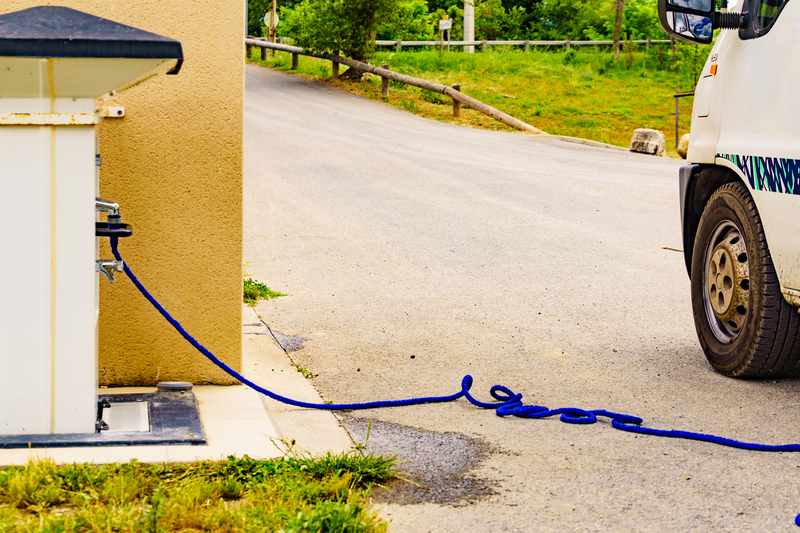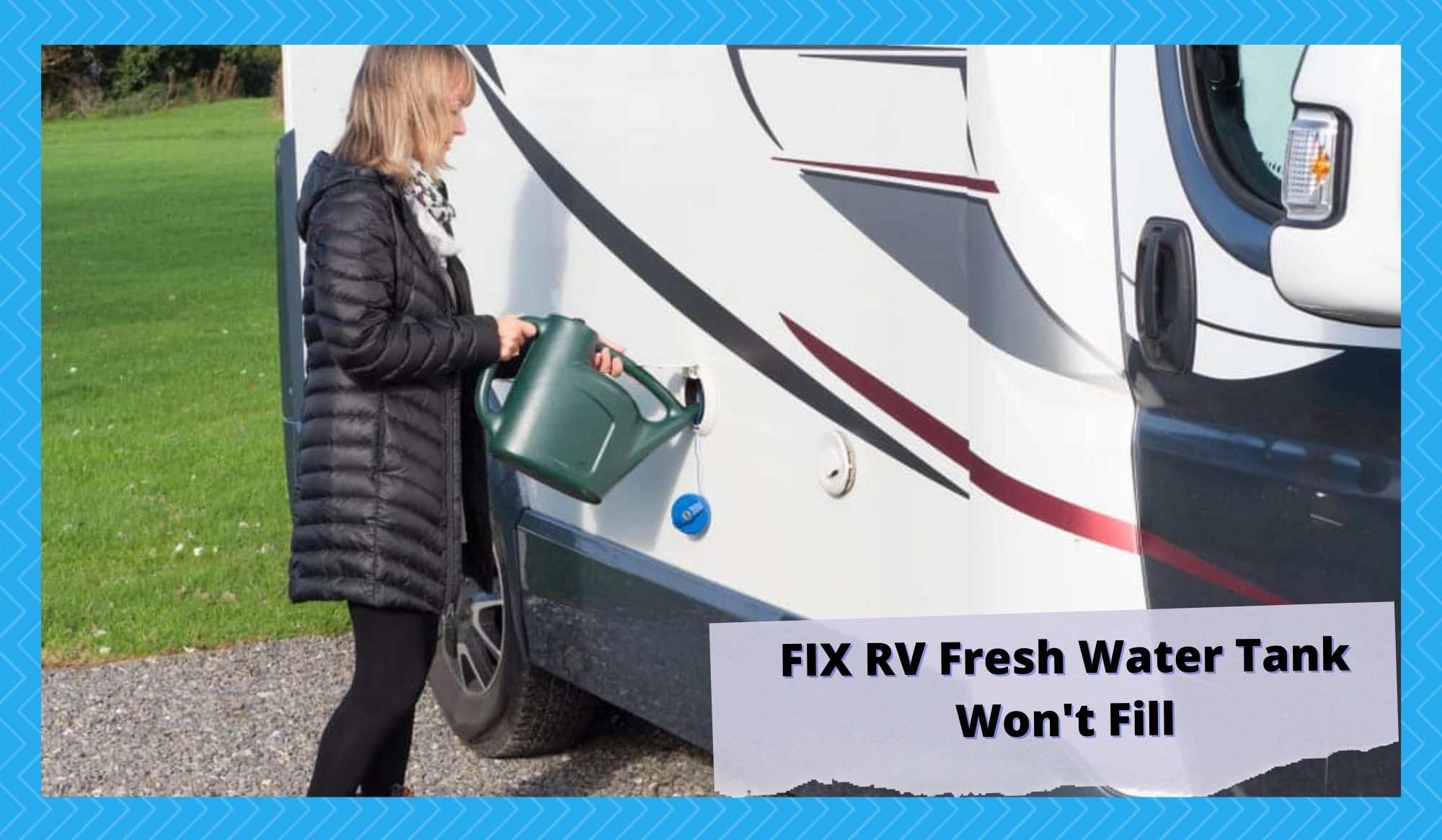
Water is your most important resource when camping in the mountains. You can survive for weeks without food, but you can only last a few days without water. Thankfully, that’s no longer a problem now that you own a recreational vehicle.
This vehicle is furnished with amenities that make camping more comfortable. Among these amenities are water storage tanks carrying dozens of gallons of water.
There are three types of water you’ll have in your RV:
- Fresh water – This is the water you use for drinking, cooking, and showering. It is stored in a fresh water tank located under the RV.
- Gray water – Used water from the shower room and sink is called gray water, and it goes into a separate tank underneath your RV. You can recycle this water if you have a water-purifying machine. Unless you’re draining harmful chemicals in your sink, gray water isn’t dangerous to dump in a community sewer. But to be safe, draining it at a designated RV dump station.
- Black water – This is the water used in the toilet. We call it black water because it is considered sewage and contains human waste. You must store black water in a separate tank and dispose of it at a designated RV dump station.
Fresh water is the most important of the three. So, if the fresh water tank suddenly malfunctions, you’ll be in big trouble should you fail to troubleshoot the problem. Yes, you can still draw water from the tank using improvised techniques, but that will defeat the purpose of your RV, which is to make life easier.
In this article, we’ll walk you through fixing a fresh water tank that’s not filling. But before that, let’s first understand how the fresh water tank works and what can cause it to malfunction.
How does a fresh water tank work?
A fresh water tank ranges in capacity from a few gallons to over 100 gallons, depending on the size of the RV and your specific needs.
To fill the fresh water tank, connect a hose to a water source, such as a spigot or faucet, and turn it on. An inlet valve on the RV allows water to flow into the tank. Some RVs also have a separate water pump to pressurize the water and deliver it to the various fixtures and appliances in the RV, such as the sink, shower, and toilet.
It is essential to regularly clean and sanitize the fresh water tank to prevent the buildup of bacteria and other contaminants. You can do this by adding a cleaning solution to the tank and running it through the system or by physically inspecting and scrubbing the inside.
What can cause the RV fresh water tank not to fill?
There are several potential causes for an RV fresh water tank that won’t fill, including:
- Clogged water lines – The fill port allows water to flow into the tank but can become clogged with debris over time. This can prevent water from flowing into the tank, causing it to remain empty.
- Malfunctioning water pump – A faulty water pump may also cause a fresh water tank to fail. This piece of equipment pushes water from the tank to the various fixtures in the RV. If the pump doesn’t produce enough pressure, it won’t be able to push water into the system, preventing the tank from filling.
- Faulty water tank valve – You must also check the condition of the valve or gauge. The valve controls water flow into the tank, and the gauge measures the water level in the tank. If either of these components is malfunctioning, the tank won’t fill.
- Debris in the water tank – If the fill port and water pump are working correctly, there could be an issue with the water lines or hose. Water lines can become clogged or damaged over time, preventing water from flowing into the tank.
How To Fix RV Fresh Water Tank Won’t Fill?
Here are some steps you can take to troubleshoot and fix an RV’s fresh water tank that won’t fill:
1. Check the water lines for clogs.
Clogs in the water lines are the most likely reason your fresh water tank is not filling. To check for any clogs or obstructions, locate the water pump and follow the water lines to the fresh water tank.
Look for any visible gunk or kinks in the pipes. But before you start removing them, turn off the water supply and disconnect the hose from the fill port.
Flush out the system with a disinfectant solution. Begin by filling the fresh water tank and adding a cleaning solution, such as bleach or RV antifreeze, according to the manufacturer’s recommendations. Next, turn on all of the faucets in the RV to allow the cleaning solution to flow through the lines.
After letting the solution sit for at least an hour, open the drain valves to flush out the system. Finally, refill the fresh water tank and rerun the faucets to rinse any remaining cleaning solution. Be sure also to clean and sanitize the fresh water tank itself.
2. Check the water pump.
If the water lines are clear, the next step is to check the water pump. The water pump draws and pressurizes water from the fresh water tank. To test if the water pump is broken and causing the problem, turn on the tap and listen to the sound the pump is creating.
If it doesn’t turn on, check the fuse or circuit breaker to ensure it has not tripped. If it has, reset it and try the pump again. Also, check if you switched on the pump.
When you listen to the pump, expect to hear a churning sound and feel a slight vibration. In some cases, your water lines will experience a water hammer, a knocking or banging noise that can occur in pipes when water flow is suddenly stopped or started or when the direction of water flow is changed.
This can originate from the unusual pressure applied by the pump and endanger the RV’s plumbing system. If you don’t hear anything or a loud grinding noise, the pump may be faulty and must be replaced.
3. Check the water tank valve.
The water tank valve regulates the flow of water in and out of the fresh water tank. If it’s leaking or out of order, don’t worry! It’s fixable. Here’s how: First, locate the valve and clean it to ensure it’s free of debris. Next, check for any visible damage or wear. A damaged valve must be replaced.
If clogging is the reason, try cleaning it with vinegar and water. Also, try to tighten the valve further. Sometimes, the cause is as silly as that. It’s always a good idea to consult the owner’s manual or a professional mechanic if you need help repairing the valve properly.
4. Clean out the water tank.
Sometimes, debris can build up around the orifice within the tank, obstructing water flow. To clean the tank, drain the water first. Then, mix a solution of water and a mild, non-toxic cleaner. Pour the cleaning solution into the tank and let it sit for several hours. Next, use a brush to scrub the inside of the tank, paying attention to any corners or crevices.
After removing all gunk and debris, rinse the tank thoroughly with clean water to remove any remaining dirt or cleaner. Finally, refill the tank with fresh water and run the water through the pipes to ensure they are clean. Repeat this every few months to ensure your RV’s fresh water tank stays unspoiled.
Conclusion
You’ll be filling your fresh water tank before hitting the road, so you will definitely see and have the chance to fix potential problems. That’s a good thing. But it’s different when the problem happens while you’re already at the campground, trying to refill the tank. In that case, try the solutions above.
If you followed these steps and your RV fresh water tank is still not filling correctly, it may be time to call a professional for assistance. A qualified RV technician can diagnose and repair any tank- or plumbing-related issues.
To avoid all the unnecessary hard work when dealing with the water tank, make sure to consider it during your search for an RV. In fact, it’s one of the first things you should look into because it directly affects your camping experience.
If your RV’s water storage capacity can only give you a week, that’s just about how long each of your trip should take, unless you decide to refill from a nearby water station.

